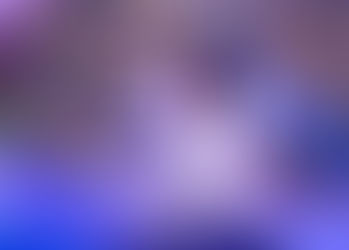Ukraine conflict inspires Liverpool Plinth sculpture
- Catherine Jones
- Jul 6, 2023
- 2 min read

The ongoing invasion of Ukraine has inspired the latest sculpture to win a place on the Liverpool Plinth.
Wirral artist Bridget Jurack’s Boy with (knife) carnation has been unveiled at the site at the city’s Parish Church in Chapel Street and is the sixth sculpture to be showcased on the plinth – a joint initiative between the Parish Church, Liverpool BID Company and dot-art – since it was established in 2018.
The sculpture was originally conceived as a meditation on fear and uncertainty and the lingering potential of violence. The knife in the original sculpture has now been replaced with a carnation, which will be altered to change colour throughout the year.
In Ukrainian culture, different coloured carnations are used to symbolise different feelings and emotions. White flowers are given as a sign of pure love and pink to mothers to celebrate undying love.
Artist Brigitte Jurack said: “I’m honoured to see this sculpture in the public realm at St Nicholas Church. The contemporary hooded boy is at the threshold to adolescence, a time of turmoil and uncertainty. His pose represents uncertainty: How will he remain on the path of peace in the light of external and internal conflict?”
Liverpool Plinth is populated through an open call for artists living or working in the North of England, and each successful artist’s sculpture remains in place for 12 months.
Previous occupants are Tony Heaton’s Gold Lamé, Split Decision by Sam Shendi, Gail Dooley’s sculpture Tidal Shame, Faith Bebbington’s Jimmy and 2400 by Katie McGuire.
Lucy Byrne of dot-art says: “This is a powerful work that articulates the ability of art to raise public awareness and consciousness around conflict.
“It felt fitting when we saw the submissions that this meditation on violence and conflict would have such a prominent place within our city.”
Top: Sculptor Bridget Jureck with Liverpool BID chief executive Bill Addy, dot-art's Lucy Byrne and Rev Canon Dr Crispin Pailing and the statue. Photo by Kat Hannon







